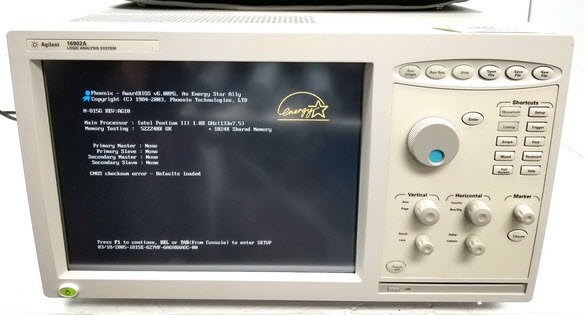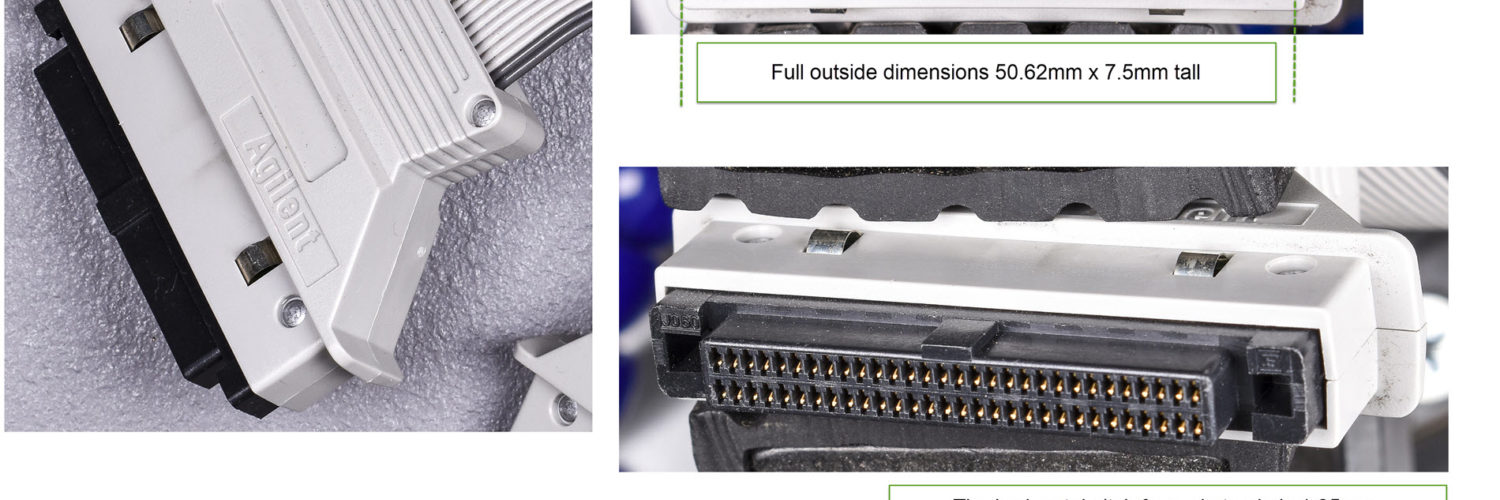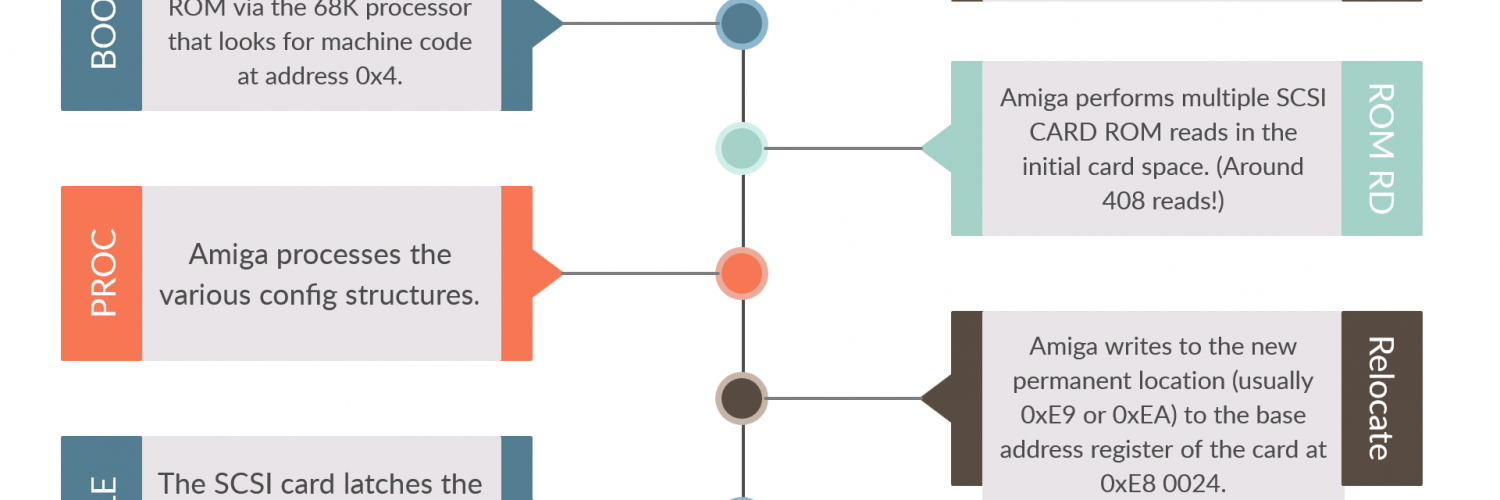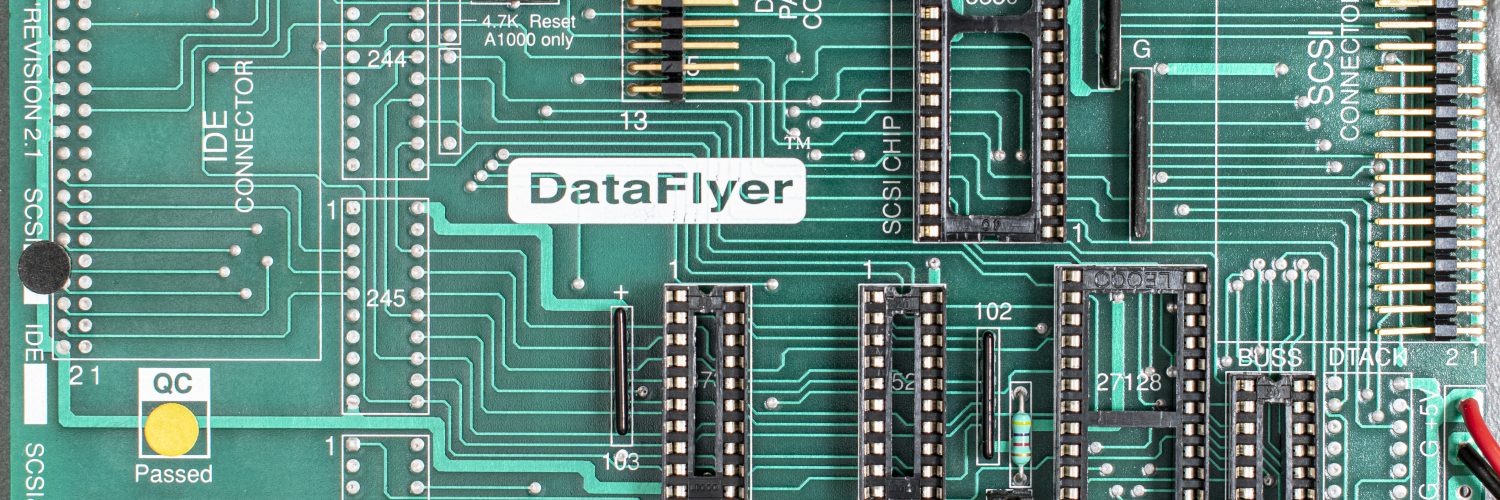I just recently added another HP/Agilent logic analyzer to my collection. This time it is the 16902A. I needed to remove the CPU tray to replace the IDE HDD with a SATA SSD. As a result, I figured I’d...
Why simply “dumping” a PAL isn’t always possible?
Contents Rom Dumping Dumping ROMs is a pretty common practice in the space of reverse engineering, and many eeprom readers are cheap, easily available, and there’s really not much to them. Plunk your ROM chip in...







